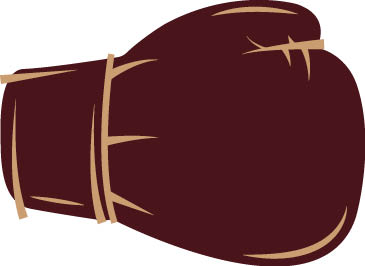In this resident-performed case of a hypermature cataract, we review steps to managing mature cataracts and avoiding complications.
Preoperatively, the patient was noted to have unilateral cataract, with view of a small nucleus floating in a white cortical cloud. Visualization is everything in these cases, and the pupil was well dilated. Trypan blue was used, allowing adequate time to stain the anterior capsule. The risk here is that, in the setting of loose zonules, trypan blue can fall to the posterior cavity, reducing the red reflex.
Next, a heavy viscolelastic should be used, in this case Healon 5 (Abbott). A 25-gauge needle was used to create its own entrance and debulk the lens. One can see the cortex being removed and that the remaining nucleus has shrunken. Viscoelastic can be used to fill the anterior chamber again as well as the bag to facilitate more pressure to create the capsulorhexis.
TIPS

Visualization is everything in cases of hypermature cataracts.
For phacoemulsification, grooving is impossible, as the lens bounces in the bag, so a chop technique is best. In this case, the Centurion Vision System (Alcon) was used. This device is excellent in dense lenses; however, the standard torsional ultrasound settings emulsify the lens too quickly to occlude. Therefore, in this case, the settings were updated to reduce the torsional amplitude to 20% and increase the longitudinal amplitude to 70%. Vacuum and aspiration were increased by 10% to ensure purchase as the nuclear pieces were pulled from the bag. This allowed purchase to break the pieces.
Despite the stable chamber settings on the Centurion, the bag was floppy and the posterior capsule attracted to the tip. Careful use of instruments and viscoelastic helps prevent complications. A capsular tension ring (CTR) was placed because of concern for loose zonules and to allow more options in the future, should the lens dislocate with age and further trauma (not to be pessimistic). The CTR trailing end goes in quickly, so caution should be exercised.
Last, a one-piece IOL was placed in the bag, and the viscoelastic was removed. Any time more than one tube is used, it is advisable to have a low threshold for oral acetazolamide use to reduce postoperative intraocular pressure spikes. The patient did excellent and was thrilled with his improved vision.



